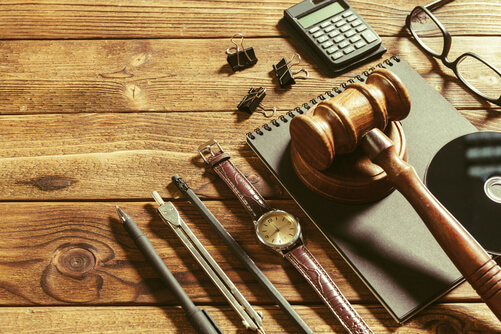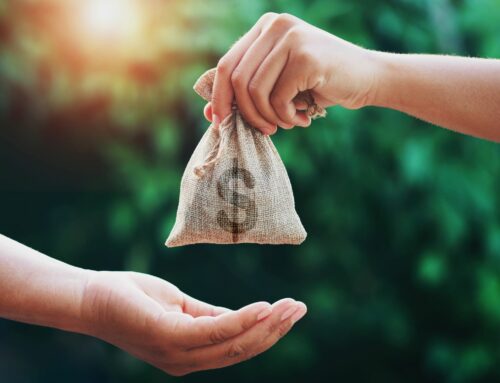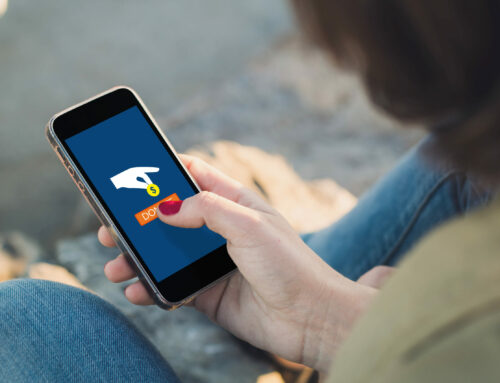 So, you’ve decided to have a silent auction to raise money for your cause. Good for you! When you do it right, hosting a fundraising event that includes an auction brings many benefits.
So, you’ve decided to have a silent auction to raise money for your cause. Good for you! When you do it right, hosting a fundraising event that includes an auction brings many benefits.
However, it also comes with challenges, including the work of finding the best auction items. You need to ensure that the items in your silent auction will be attractive to your bidders. So, where do you find the right auction items for your event? Use this article as your guide.
Create an item wish list.
The first step to curating the best silent auction items for your event is to create an initial list of things you know your bidders will love. As an initial brainstorming exercise, consider what your guests’ interests are. Are they wine enthusiasts? Do they spend a lot of time in the great outdoors? Are they country music lovers, or do they enjoy the symphony? Do your research on unique and must-have auction items your guests will be eager to bid on and win.
For example, you might make a list containing items like:
- Sports memorabilia
- Unique experiences and vacations
- Sporting, museum, or concert tickets
- Wine or food baskets
- Paintings and art
- Holiday decorating services
- Fine dining experiences
Start with more items on your list than you’ll actually need (you probably won’t procure all of them). Then, you can narrow down your list based on what’s available.
Consider your current supporters.
 Review your initial list and ask yourself if any of your current supporters might be able to donate these types of items to your auction. You’ll be surprised at how many of your board members, donors, and friends will donate these items or know someone who can.
Review your initial list and ask yourself if any of your current supporters might be able to donate these types of items to your auction. You’ll be surprised at how many of your board members, donors, and friends will donate these items or know someone who can.
Board Members
Board members often have deep roots in the community and might be able to donate auction items themselves or ask their connections to donate.
For example, does one of your board members own a beach home they would be willing to donate for a weekend? Do they have access to a country club and rounds of golf? Or, maybe one of them is an investor in a restaurant or club and can use those connections to get a fine wine or whiskey donated. Get creative in your brainstorming, and involve your board members in this process. They might even surprise themselves with how many people they know who can donate to your auction.
Donors
It may feel awkward and a little like you’re “double dipping” when you ask your donors to help with your auction in addition to their financial donation or sponsorship, but remember that they want to see your event succeed. Don’t be afraid to send your silent auction wish list to those who continually support your cause and see what they come up with.
For example, one of your mid-level donors may have just started a landscaping business and would be willing to donate free services to put up someone’s holiday light display.
Friends
Even if they’re not directly related to your board members or in your CRM, think about your friends outside of the organization and how they might be able to support your event by donating auction items. Start by putting a call out on social media for auction items. The more people you communicate your goals to, the more potential you’ll find help. You may have an acquaintance who connects with your cause and just started a new job as the marketing director of a golf course and can donate a round of golf for four and dinner in the clubhouse restaurant.
When you reach out to any of these individuals, make sure you have a concrete donation acceptance policy as a part of your auction rules. This is important to ensure you have the backing to reject any proposed gifts that may not suit your audience or cannot be featured in your auction.
Reach out to corporate partners.
In addition to combing through your CRM for potential donors for your auction, you should also ask any corporate sponsors if they’d be willing to make in-kind donations to the event. Reach out to national businesses online. Most have a donation request process where you can request hotel stays, airline tickets, park passes, etc.
Create one of your sponsorship tiers with auction items in mind. Then, when you reach out to corporate sponsors for funding or promotional sponsorships, you have another package they can choose from.
In this package, you might ask them to donate an auction item related to their services or purchase an item from your wish list for you to auction off. For example, a restaurant might donate a fine dining experience, or a bank might purchase airfare to pair with a vacation experience.
Offer to include their logo on the auction item description and in the marketing materials for your event to promote their partnership with your organization. It’s great marketing exposure for them, too!
Create new partnerships.
 If you don’t currently have corporate partners or you’ve already reached out to your current contacts, look for new potential partnerships in the community. Be particular about their criteria, ensuring that each potential partner aligns with your organization’s mission, has a good reputation in the community, and has the resources and connections to make a difference for your cause.
If you don’t currently have corporate partners or you’ve already reached out to your current contacts, look for new potential partnerships in the community. Be particular about their criteria, ensuring that each potential partner aligns with your organization’s mission, has a good reputation in the community, and has the resources and connections to make a difference for your cause.
Creating these new partnerships is a great way to build your auction item catalog and to develop future relationships for the benefit of your organization.
The Bottom Line.
As you procure your auction items, make sure you are recording a detailed description of each one, along with its estimated fair market value. Record all of this in a spreadsheet as you go so you can upload it into your silent auction software once your catalog is complete.
Happy procuring, and good luck with your fundraising efforts!
About the Author:
 Jeff Porter, Founder & CEO of Handbid, has spent 18 years in the nonprofit industry. In 2004 he founded the Prader-Willi Syndrome Association of Colorado where he still resides as board chair. Jeff learned early on that nonprofits desperately needed better and more affordable fundraising solutions. Leveraging his software background, he built most of the tools his charities used, and in 2011 he launched Handbid at his own fundraising event. The goal was to improve the guest experience, reduce administration and increase revenue. Handbid accomplished all of those goals, effectively doubling revenue in its debut. Nine years later, Handbid’s suite of tools has delighted over a half-million guests, generated millions of bids, and helped thousands of charities raise well over $100 million.
Jeff Porter, Founder & CEO of Handbid, has spent 18 years in the nonprofit industry. In 2004 he founded the Prader-Willi Syndrome Association of Colorado where he still resides as board chair. Jeff learned early on that nonprofits desperately needed better and more affordable fundraising solutions. Leveraging his software background, he built most of the tools his charities used, and in 2011 he launched Handbid at his own fundraising event. The goal was to improve the guest experience, reduce administration and increase revenue. Handbid accomplished all of those goals, effectively doubling revenue in its debut. Nine years later, Handbid’s suite of tools has delighted over a half-million guests, generated millions of bids, and helped thousands of charities raise well over $100 million.






Leave A Comment